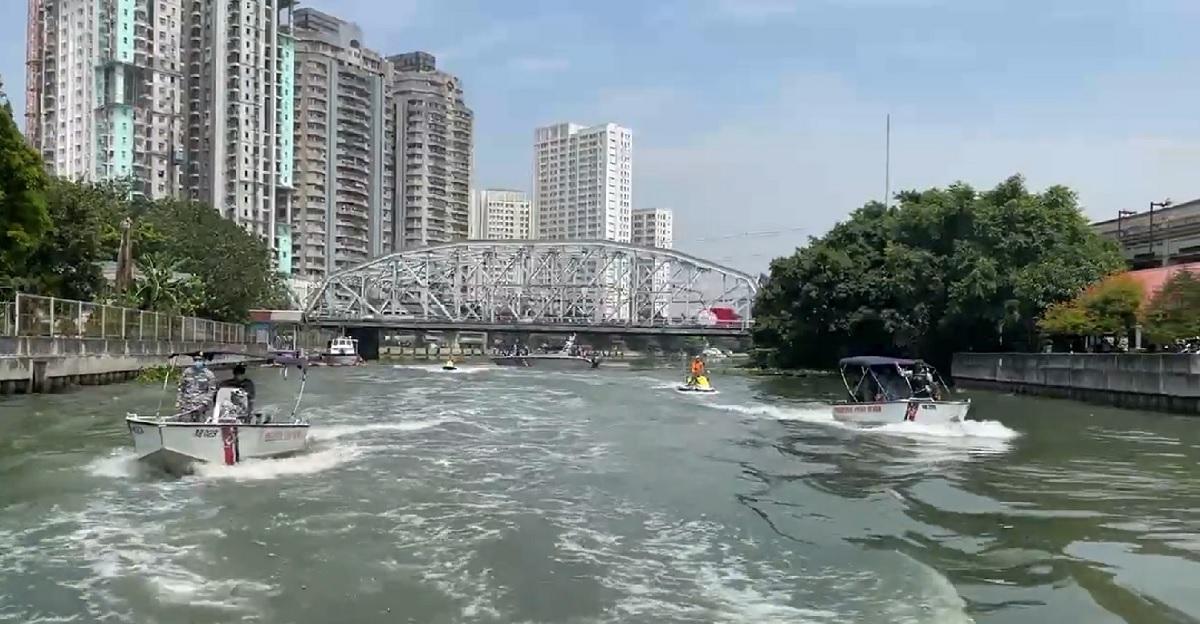UP scientists use mathematical model to determine Pasig River water quality

Scientists from the University of the Philippines Diliman (UPD) have applied numerical methods by using a mathematical model to simulate the transport of pollutants in the Pasig River.
The study was conducted by Crisanto Abas, Arriane Velasco, Carlene Arceo from the UPD College of Science Institute of Mathematics and the Natural Sciences Research Institute.
The scientists applied the finite element method (FEM) to the Advection-Dispersion-Reaction (ADR) model using real data on total dissolved solids (TDS) from the Pasig River which measure the concentration of dissolved particles like water pollutants.
“One way to be prepared is to be able to foresee and assess the changes in the water quality of the river, then identify what causes the change (human activities, extreme weather conditions, flood, discharge, etc.,) and try to find a solution, if possible,” the study read.
The researchers considered three stations along the Pasig River for the study: Bambang, Guadalupe, and Lambingan “because the data for the tributaries (sources) along these stations are available.” The data were gathered in 2018, 2019, and 2021.
The study focused on the concentration of TDS in the Pasig River wherein its main components are often carbonate, hydrogen carbonate, chloride, sulfate, and nitrate anions together with calcium, magnesium, sodium, and potassium cations.
“The process of measuring the total dissolved solids (TDS) in freshwater involves filtering the water using a 2 micrometer (μm) filter, letting the filtrate evaporate until it reaches dryness, and then reporting the weight of the solids that remain in grams (g) per liter (L),” the scientists said.
“In most definitions, the total dissolved solids limit is 0.5−1.0 g/L. Thus, some inland waters are saline waters rather than fresh waters. Drinking water should not exceed about 0.5 g/L of total dissolved solids,” they added.
Higher TDS during pre-pandemic
Results showed that TDS concentrations in 2018 and 2019 significantly increased in the months of April, May, and June, which are part of the dry season.
“During the dry season, there is a decrease in water level due to the extreme heat and this may have contributed to the concentration increase of TDS,” the study said.
“This means that if the same concentration is introduced into a system with a smaller volume, the concentration will become more dense and an increase in concentration will be observed.”
But the same findings were not applicable to the same months in 2021 wherein TDS concentration did not rise throughout the year. Experts suggested that the lesser movement and activity brought about by the pandemic may have contributed to this development.
“The fact that the TDS concentration did not rise throughout the 2021 dry season suggests that the drop in water level had no bearing on the concentration rise. This indicates that in 2021, TDS levels were lower,” the scientists said.
Scientists pointed out that using the ADR model can help in creating strategies to monitor and detect potential threats in the quality of bodies of water.
“One should consistently and continuously monitor the concentration since an increase of TDS in the freshwater ecosystem beyond stipulated limits is an environmental issue of global concern,” the study noted.
“For future research and to maximize the use of the model, we suggest to simultaneously look at the distribution of the TDS and other important water quality parameters that it interacts with.” —RF, GMA Integrated News




